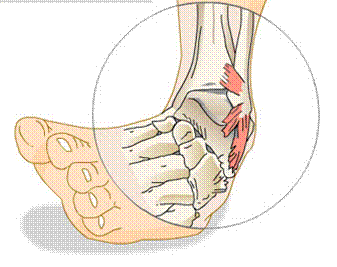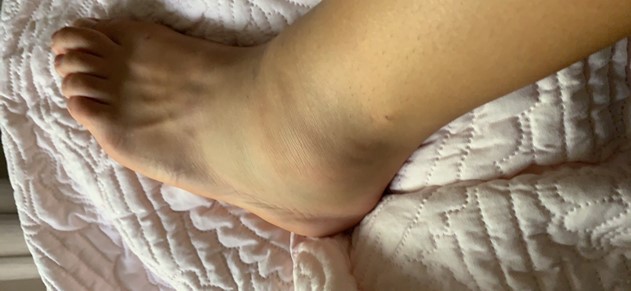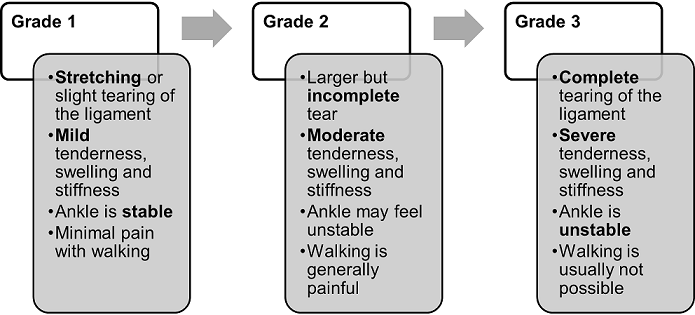29 Mar Lateral Ankle Sprain
Following on from an earlier blog on acute ankle injuries (READ HERE) we will now go into detail about more specific ankle injuries that we assess and help treat.
One of the most common injuries we see is the lateral ankle sprain. Although this is very common in sports (especially basketball, football, netball, soccer) we also see this injury occurring frequently in everyday life.
How does this occur
Lateral ankle injuries generally occur when we roll the ankle outwards (known as inversion). This might occur while walking, running, jumping and then you;
- Land awkwardly (usually too much pressure on the outside of the foot/ankle);
- Step or land on an object;
- Step or land on an uneven surface.

The most commonly injured ligaments are the ligaments on the outside of the and collectively are known as the lateral ankle ligaments.
The lateral ankle ligaments include the:
- Anterior Talofibular Ligament (ATFL)
- Calcaneofibular Ligament (CFL)
- Posterorior Talofibular Ligament (PTFL)
What are the common symptoms of a lateral ankle sprain
Symptoms of a lateral ankle sprain include:
- Pain on the outside of the ankle
- Bruising, especially on the outside of the ankle
- Swelling, especially on the outside of the ankle
- Pain with walking, especially on unstable surfaces

How is a lateral ankle sprain diagnosed
A physiotherapist is highly skilled to accurately assess and diagnose your acute ankle injury. They will also be able to determine and give you a referral if you require any further investigations (ie. X-ray or MRI).
Grades of injury:

Many mild grade 1 ankle sprains will improve on their own. However, the rate of reinjury is very high once you have rolled your ankle once.
It is also important that the injury is assessed for other associates injuries, such as damage to the cartilage surface of the ankle or for bony bruising. This will affect the recovery of the ankle and if not treated correctly may cause prolonged symptoms.
What is the best treatment for a lateral ankle sprain
Acute management (initial 48hours) is aimed at reducing pain and inflammation, and preventing further stress of the injured ligaments. This should include your RICE management:
- Rest
- Ice
- Compression
- Elevation
After the acute setting, it is important to abolish any swelling, restore full range of movement, restore strength and balance. This will aid a return to sport or normal activity quickly and as well as aiming to prevent further injury.
A physio can guide your rehabilitation:
- In the acute stages provide support (taping, camwalker/moonboot, crutches)
- Hands-on management (including massage, dry needling, stretching, mobilisation) to help reduce swellling and restore range of movement
- Progressive strengthening program
- Balance and proprioception training
- Gait, running and jumping re-training
Correct and thorough rehabilitation will ensure you return safely to your chosen activity and prevent future problems with your ankle.


